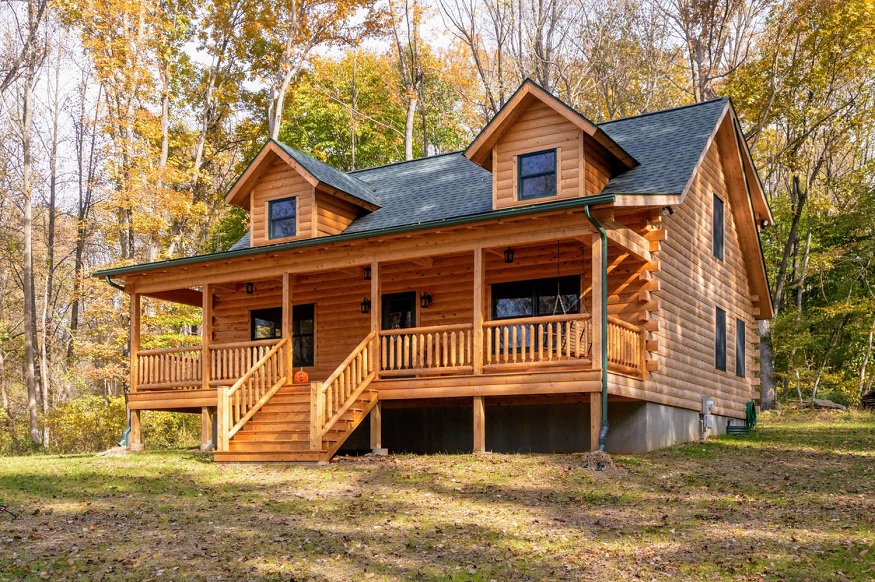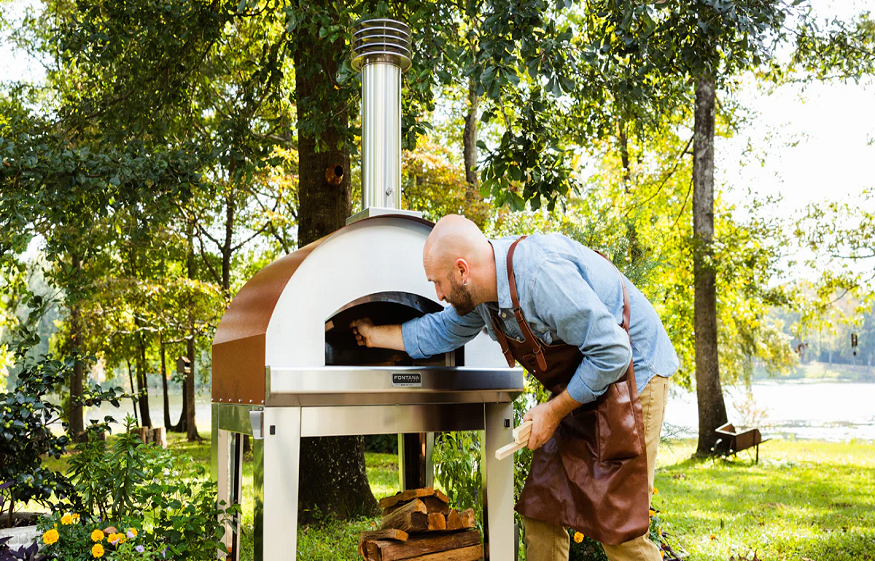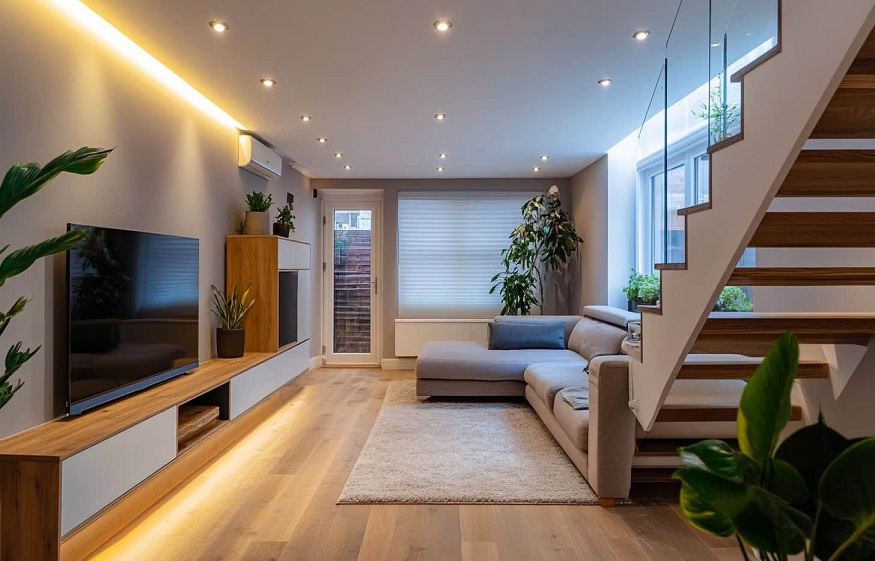Here Is How a Log Cabin Saves Energy
The allure of log cabins lies not only in their warmth and beauty but also in their benefit as energy-efficient havens. As more and more people continue seeking sustainable and energy-efficient housing options, some environmentalists point to log cabins. So are log cabins energy efficient as they claim?
So here is how a log cabins is truly energy-efficient, taking into account the natural insulating properties of wood and how technological advancements have further enhanced the energy efficiency of log home construction.
Why Wood?
Wood, the primary building material for log cabins, possesses inherent thermal insulation properties. The unique cellular structure of wood creates small pockets of air within the logs, acting as a natural barrier to heat transfer. This characteristic makes log cabins naturally adept at maintaining a comfortable indoor temperature, providing warmth in winter and coolness in summer.
The thermal mass of logs, combined with their ability to absorb and release moisture, contributes to a stable and consistent indoor climate. Unlike traditional construction materials that may experience temperature fluctuations, log cabins offer a more balanced and energy-efficient environment, reducing the reliance on heating or cooling systems.
Moreover, wood’s insulation effectiveness extends beyond temperature control. It also helps dampen sound, providing a serene and peaceful living space. This dual functionality enhances the overall comfort and livability of log cabins, making them an attractive choice for those seeking an energy-efficient and tranquil home.
How Technology Helps Log Cabins Save Energy
While the natural properties of wood contribute significantly to the energy efficiency of log cabins, technological advancements have also propelled log home construction into a new era of sustainability and performance.
1. Sealing and Insulation Techniques
Modern log cabin construction makes good use of advanced sealing and insulation techniques to address potential gaps and vulnerabilities in traditional log building methods. Tighter joints and improved sealing materials ensure a more airtight structure, reducing heat loss and enhancing overall energy efficiency.
2. Energy-Efficient Windows and Doors
The integration of energy-efficient windows and doors further enhances the performance of log cabins. Technological advancements in glazing and frame materials contribute to better insulation, minimizing heat exchange between the interior and exterior. This upgrade not only improves energy efficiency but also enhances the overall comfort and beauty of log cabins.
3. Smart Home Technology
The incorporation of smart home technology allows log cabin owners to optimize energy consumption. Programmable thermostats, energy-efficient lighting, and smart HVAC systems enable precise control over the cabin’s energy usage, ensuring that heating and cooling systems operate efficiently and are aligned with the occupants’ preferences.
4. Sustainable Construction Practices
Sustainable forestry practices, added to eco-friendly construction methods, contribute to the overall energy efficiency of log cabins. The responsible sourcing of timber ensures a renewable and low-impact building material, all which aligns log cabin construction with modern environmental consciousness.
Conclusion
So that’s how log cabins are energy-efficient, thanks to the natural insulating properties of wood and technology. The symbiotic relationship between wood’s thermal characteristics and advancements in construction technology has ushered log cabins to new heights of sustainability and energy efficiency. Log cabins are products of nature’s gifts and human creativity, providing warmth and energy-efficient retreat in the heart of nature.



